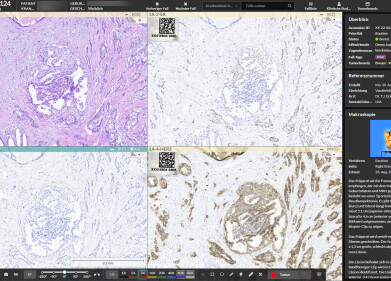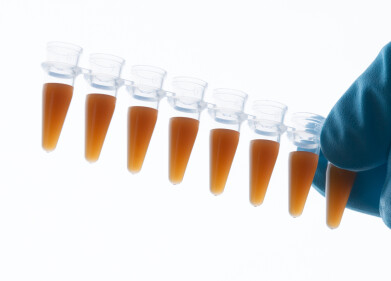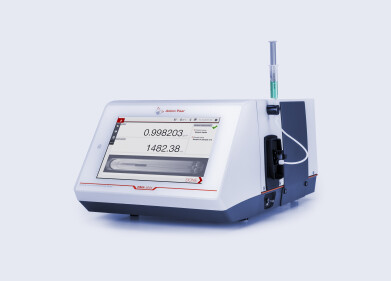Laboratory Products
How Can We Improve Painkillers?
Mar 17 2017
Whether it’s a headache or something much more serious, painkillers do what it says on the tin, so to speak. They relieve the user of pain, or at least reduce it slightly. But what can we do to improve them? Recent research has found leads to a new class of drugs that could fight pain and addiction without damaging cell function elsewhere. Keep reading to see what’s in store for the painkillers of the future.
Drawbacks of today’s painkillers
The strongest painkillers we have today are also the most addictive. Opioids, such as heroin and hydrocodone, stop the feeling of pain, but also hinder AC enzymes (adenylyl cyclases). These enzymes are important because they allow cells to communicate by converting cell energy (ATP) into an essential communication molecule (cAMP).
Chronic, repetitive use of these opioids causes cells to react, increasing AC activity to compensate, creating more communication molecules. And if they try to stop taking the drugs? The AC activity and cAMP levels are left in a mess, to be blunt.
Constructing an alternative
The ideal solution is one that reduces pain, but also selectively reduces cAMP. Humans have a total of 10 AC enzymes for converting cell energy, and it’s thought that isolating one could be the solution. Tests on mice without AC1 have shown a reduced pain sensitivity as well as less dependence on opioids. Unfortunately, they could not block AC1 without affecting AC8, resulting in memory defects.
Recently, however, scientists have been investigating new leads from plant compounds. Forskolin is a plant-compound that supercharges both AC1 and AC8. Because it interacts with the right target site, it’s thought that a similar compound may hold the answer they are looking for.
When testing this idea, they found exactly that. A similar compound called ST034307 was shown to reduce pain in mice, leave AC8 unaffected and inhibit AC1, reducing cAMP as a result. Unfortunately, this compound isn’t suitable for medicine because it requires quite a high dosage to work. But the team have already found a related compound that works with smaller doses, demonstrating the strong promise of these leads.
Testing tissues
Adenylyl cyclases (ACs) are at the heart of this study. They are contained within the body’s tissue, like many other important substances. It’s because of this that tissue is essential to all sorts of research and diagnostics. And with a non-invasive method of tissue testing, scientists can analyse the cells much more quickly and easily, as explored in ‘Spectroscopy: A New Method for Patient Diagnostics. Non-Invasive Tissue Testing Improves Outcomes and Patient Comfort’.
Digital Edition
International Labmate 49.6 - Sept 2024
September 2024
Chromatography Articles - HPLC gradient validation using non-invasive flowmeters Mass Spectrometry & Spectroscopy Articles - From R&D to QC, making NMR accessible for everyone: Putting NMR...
View all digital editions
Events
Oct 15 2024 Milan, Italy
Oct 17 2024 Dhaka, Bangladesh
Oct 20 2024 Fort Worth, TX, USA
Oct 21 2024 Dalian, China
Oct 30 2024 Birmingham, UK









.jpg)








